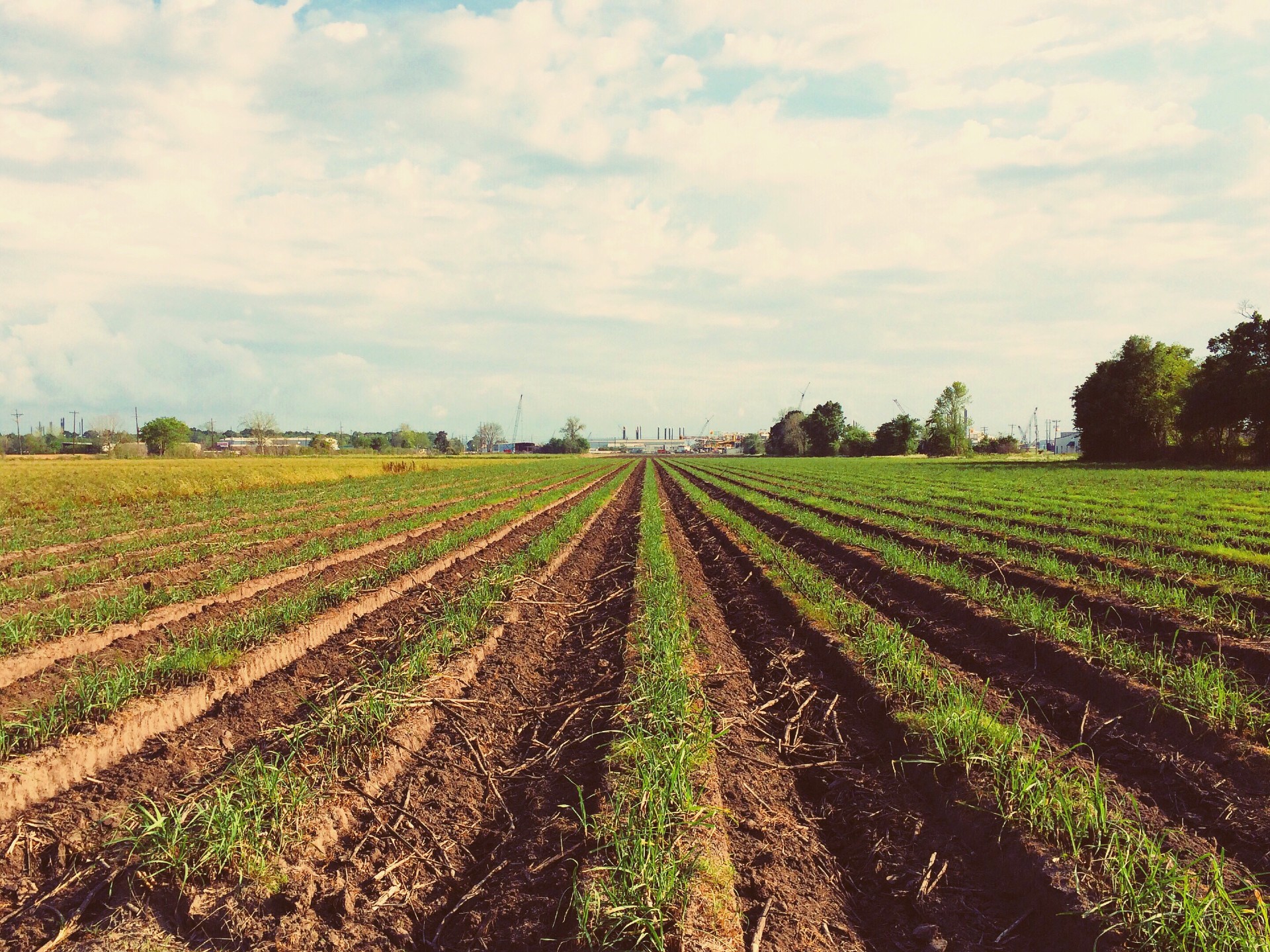
Sugar cane farming is a cornerstone of agriculture in many parts of the world and is known for its economic significance and diverse industrial applications. However, the industry is tightly regulated to ensure environmental sustainability, uphold labor standards, maintain product quality, and support financial stability. This article explores the regulations and compliance requirements governing global sugar cane farming.
Environmental Regulations and Sustainability Practices
Sugar cane cultivation involves significant environmental considerations, particularly regarding soil conservation, water management, and biodiversity preservation. Regulations often mandate practices such as:
Soil Conservation and Erosion Control
Farmers must implement soil conservation practices to prevent erosion and maintain soil fertility. Techniques such as contour farming, where crops are planted along the land’s natural contours, help minimize soil runoff and nutrient loss. Cover cropping and mulching are also encouraged to protect soil structure and enhance organic matter content.
Water Management
Due to sugar cane farming’s high water demand, efficient water management is critical. Regulations promote the use of irrigation systems that minimize water wastage and runoff into surrounding water bodies. Some regions also enforce water recycling practices to conserve freshwater resources and reduce irrigation’s environmental footprint.
Biodiversity and Habitat Protection
Regulations may require farmers to preserve natural habitats within and around sugar cane plantations to safeguard biodiversity. Buffer zones along waterways and wildlife corridors are established to protect native flora and fauna. Integrated Pest Management (IPM) strategies that minimize reliance on chemical pesticides contribute to biodiversity conservation efforts.
Labor Laws and Worker Safety
Worker welfare is a priority in sugar cane farming regulations, encompassing fair labor practices, occupational safety standards, and prohibitions against child labor.
Fair Labor Practices
Regulations stipulate fair wages, reasonable working hours, and safe working conditions for sugar cane farm workers. Labor laws require farmers to comply with regulations that protect workers’ rights and ensure humane treatment.
Occupational Safety
Safety regulations mandate the provision of personal protective equipment (PPE) and training for machinery operation, pesticide application, and manual harvesting. Regular inspections and audits ensure compliance with safety standards to mitigate workplace accidents and injuries.
Quality Control and Certification Standards
Quality control measures are integral to the sugar cane industry. They ensure that products meet established standards for purity, sucrose content, and the absence of contaminants.
Crop Inspection and Certification
Regulatory bodies conduct periodic inspections of sugar cane crops to verify compliance with quality standards. Testing samples for purity and sucrose levels, regulatory bodies grant certification to farms that meet or exceed requirements. Certification enhances marketability and assures consumers of product quality and safety.
Traceability and Record-Keeping
Farmers must maintain detailed records of cultivation practices, including pesticide applications, fertilizer use, and harvest dates, to facilitate traceability and quality assurance. Traceability systems track sugar cane from farms to processing facilities, enabling rapid response to quality issues and ensuring adherence to regulatory requirements.
Pesticide and Fertilizer Management
Regulators regulate the responsible use of pesticides and fertilizers to minimize environmental impact and protect human health.
Integrated Pest Management (IPM)
IPM strategies promote sustainable pest control methods, such as biological controls, crop rotation, and resistant crop varieties. Farmers encourage adopting practices that reduce reliance on chemical pesticides, minimizing risks to beneficial insects, wildlife, and ecosystem health.
Fertilizer Application Practices
Regulations govern the type, timing, and application rates of fertilizers used in sugar cane farming. Best practices aim to optimize crop nutrient uptake while minimizing nutrient leaching and runoff into waterways. Soil testing and nutrient management plans help farmers apply fertilizers responsibly, balancing crop nutrition with environmental stewardship.
Economic Policies and Support Programs
Government policies and support programs are crucial in sustaining the sugar cane industry, ensuring economic viability, and promoting rural development.
Subsidies and Price Stabilization
Governments may provide subsidies, tax incentives, or price stabilization mechanisms to support sugar cane farmers during market fluctuations. These economic supports help stabilize farm incomes, encourage investment in sustainable practices, and ensure rural communities’ food security and financial resilience.
Research and Development Funding
Investments in agricultural research and development (R&D) support innovation in sugar cane farming, including advancements in crop genetics, pest management, and sustainable agriculture practices. Government-funded R&D initiatives enhance productivity, climate change resilience, and global market competitiveness.
Sugar cane farming regulations and compliance requirements are essential for promoting sustainable agriculture, protecting natural resources, ensuring worker safety, maintaining product quality, and supporting economic development. Compliance with these regulations safeguards environmental and social welfare and enhances market access and competitiveness for sugar cane producers globally. As the industry continues to evolve in response to changing consumer demands and environmental challenges, adherence to regulatory standards will remain paramount in shaping its future sustainability and success.